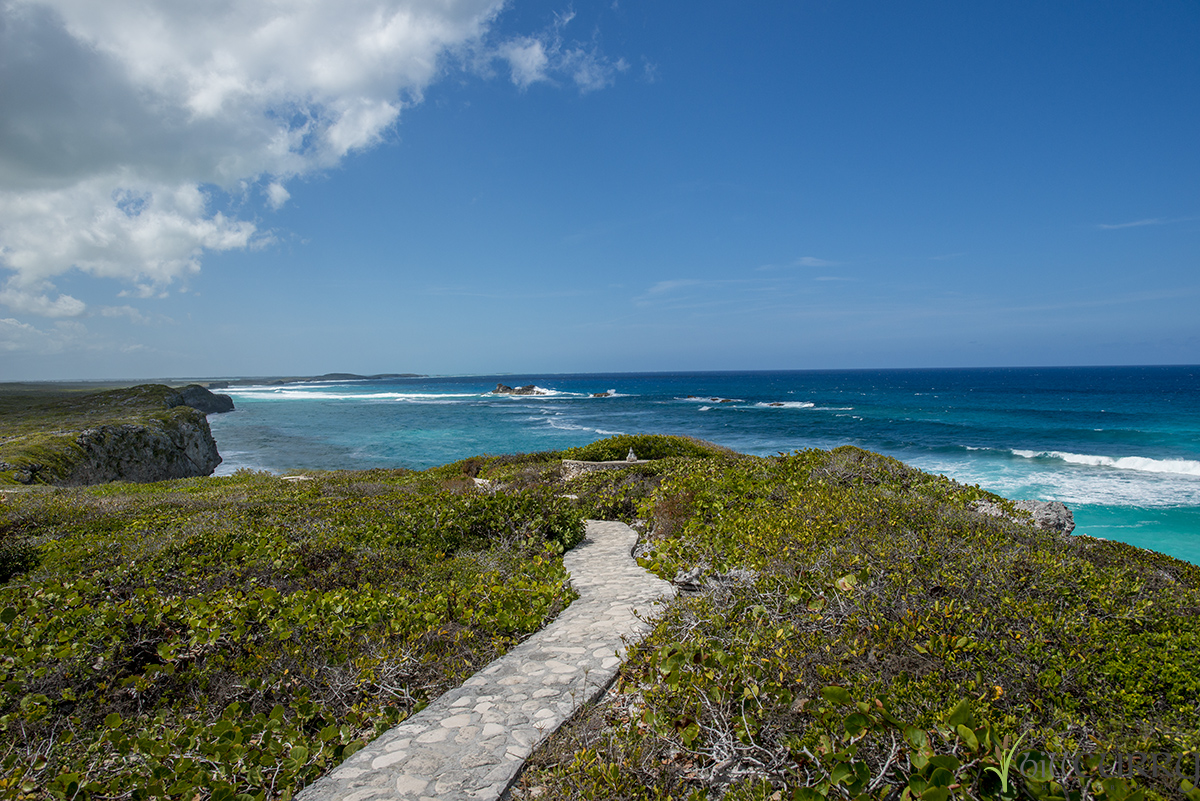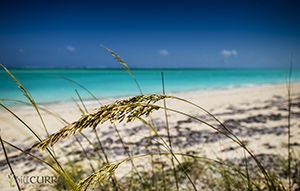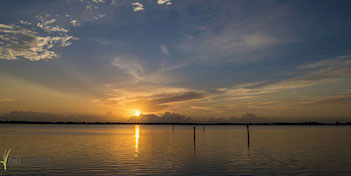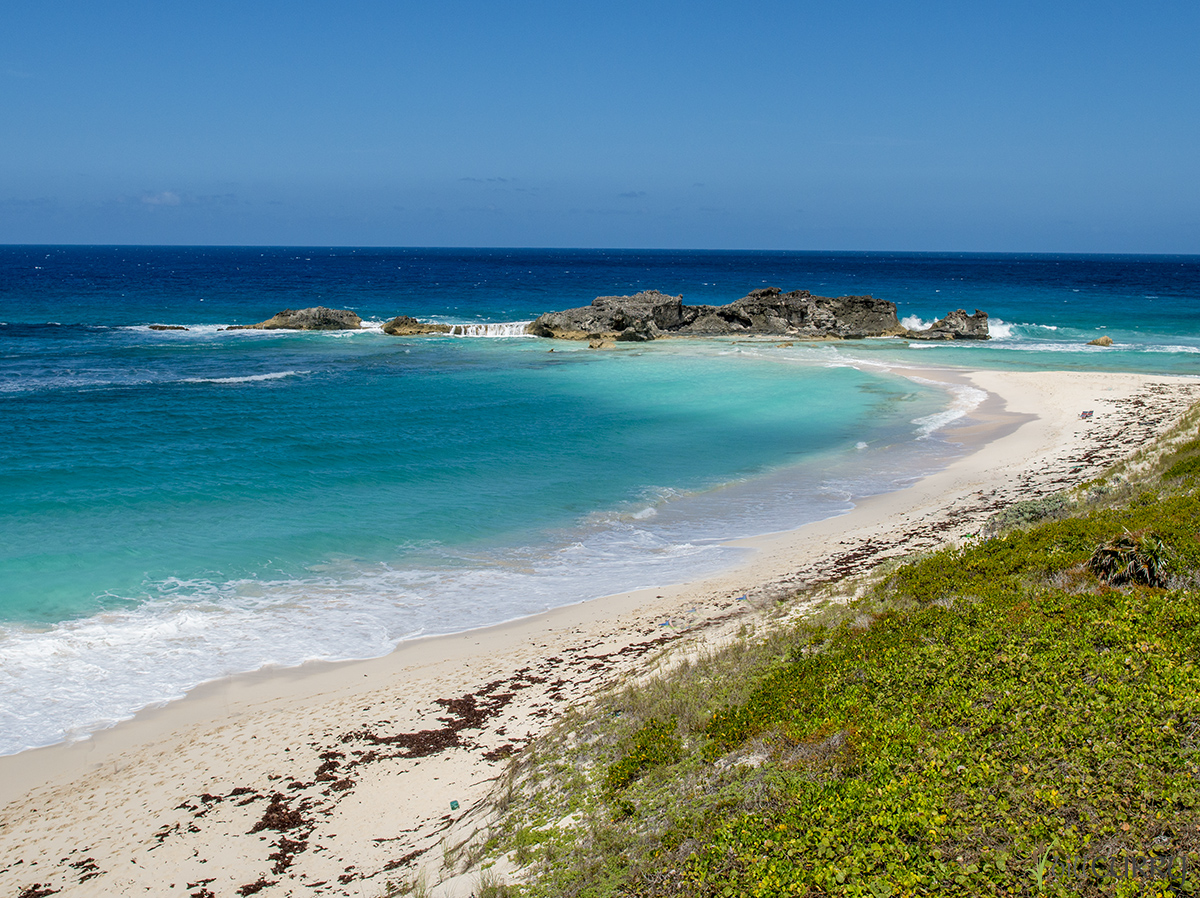
Dragon Cay
Middle Caicos, Turks and Caicos
The island of Middle Caicos is connected to North Caicos by a manmade and maintained causeway, one that has seen much damage over the years due to hurricanes and must be constantly repaired and replaced. Driving over the causeway, one sees the low lie of the land, and you realize very quickly how any kind of storm, much less a hurricane, would simply swamp the roadway, and pushed by hurricane winds would strip the pavement right off the sand it is lying on.
Middle Caicos has very little in the way of permanent settlement, with a year around population of about 300 people, but it is home to several interesting sites - chiefly the 2 dozen or so Lucayan Indian archeological sites, the Conch Bar Caves and the popular tourist area of Mudjin Beach. As on North Caicos, there was a plantation and slavery was practiced, but the major economic stimulus here before tourism was the mining of bat guano from the Conch Bar caves. In the late 1800's the caves were mined for the rich manure of bat excrement (guano) and at this time it was discovered that the caves were home to the Lucayan people dating back to 750 AD, when the caves were used as places of worship and protection during hurricanes.
Today one can tour the caves and see the myriad tunnels and interesting rock formations, mainly limestone caves with a number of "holes" where the light can come through, and the bats can still fly out. Our National Park guide was very informative and allowed us a significant amount of time in the caves, so we got a real sense of the history and formation of the place. The caves are only a short distance to the Mudjin Beach tourist area, where Dragon Cay can be seen - one of dozens of small islands surrounding the coast of the Turks and Caicos. The beach there is pure white sand, and you are near enough to deep water that occasionally humpback whales can be seen playing just offshore.
Photographing North Caicos means some compromises, as I found out - I took two f1.4 lenses because I knew that we'd be in the caves, and I needed as much light as possible. Tripods and flash are not allowed, as the Park Service doesn't want to take any chances with chipping the ground, and flash in the dark caves and limestone would not be an effective solution for photography. The result is that you take small flashlights and can light the area with those, and a slightly higher ISO is called for as well as manual override of your exposure meter. Coming out of the caves and going to the beach, one has to remember to dial the ISO back, as once again you are immersed in the beuatiful, but very bright, scene of brilliant turquoise water and gleaming white sand.
The Turks and Caicos are an amazing place, and the opportunity on this trip to go further afield and make images of a less "touristy" part of the islands was very much appreciated. All I can say is, if you get the chance to visit these amazing islands - go!
Conch Bar Caves

A Tree Above Sends Roots Down Into The Cave

Deep in the Conch Bar Caves
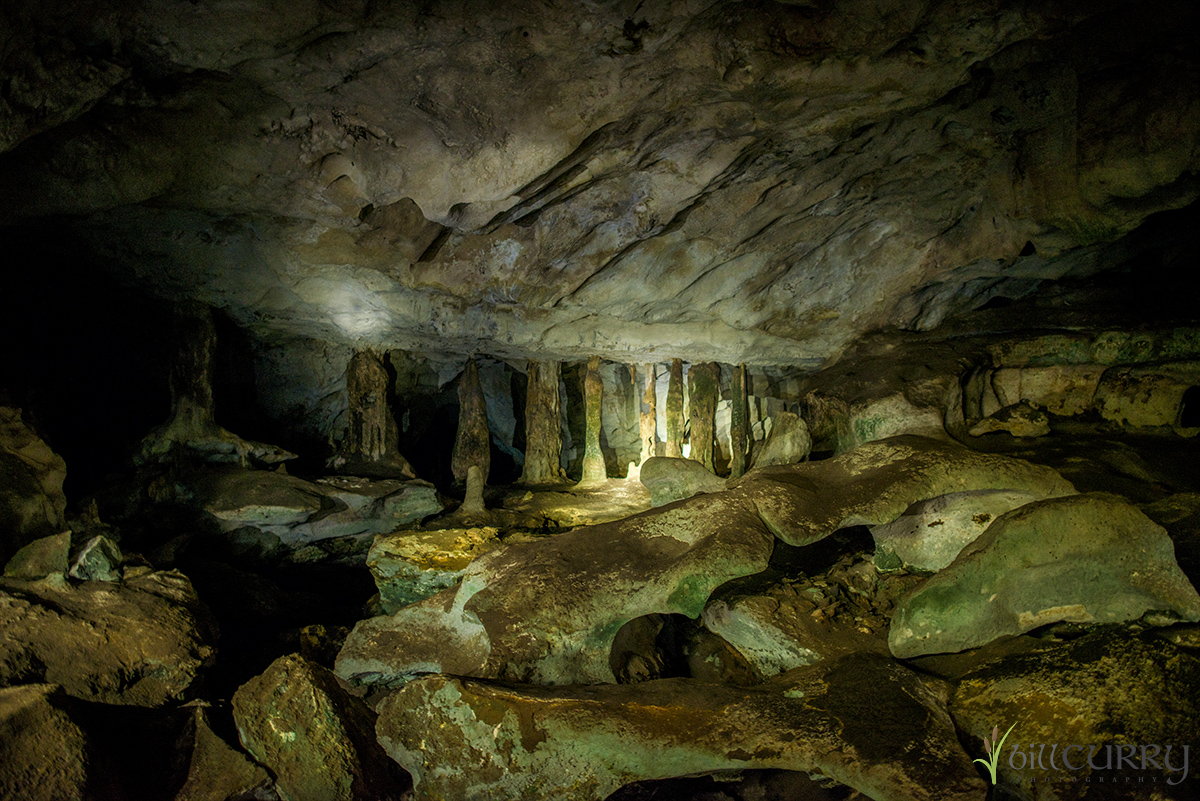
Interesting Formation Inside the Conch Bar Caves
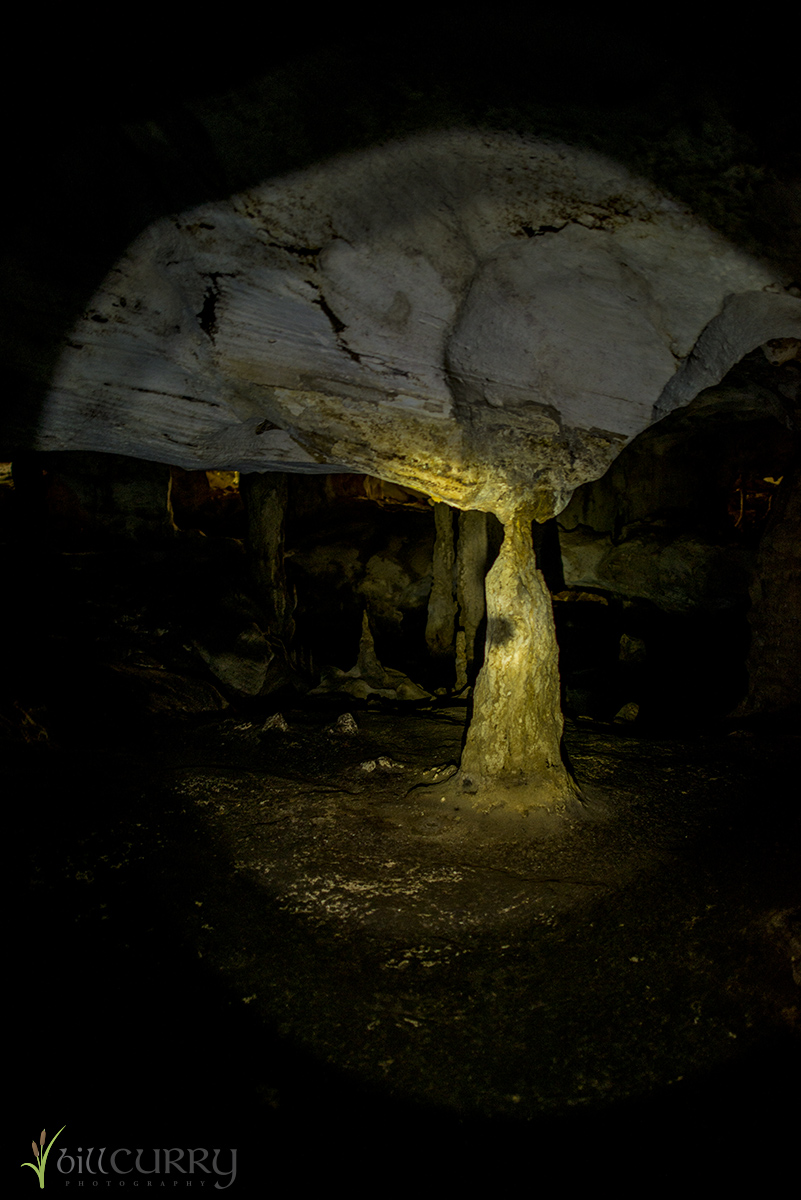
Mudjin Beach - Accessed by Going Under this Ledge
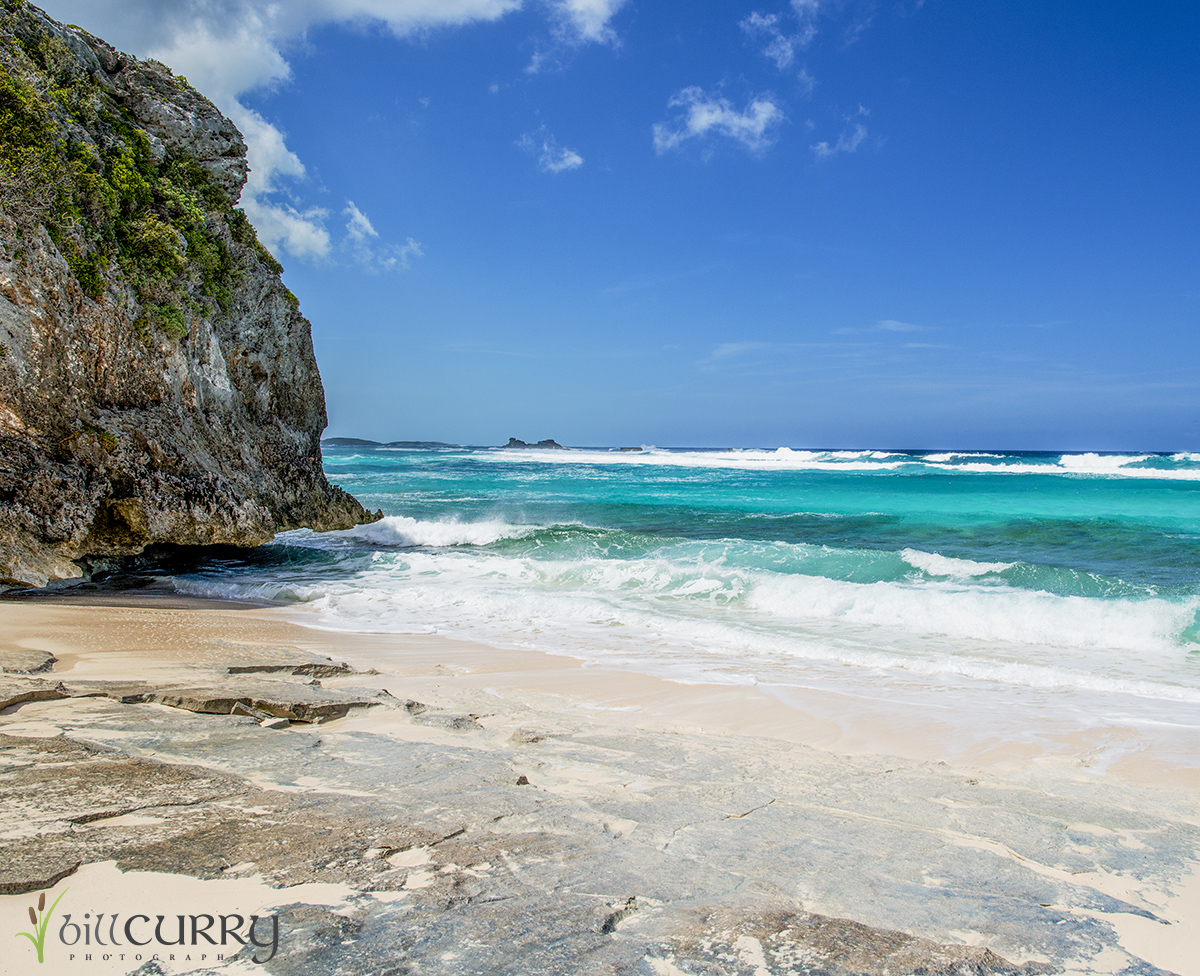
Crossing Place Trail - Mudjin Beach
